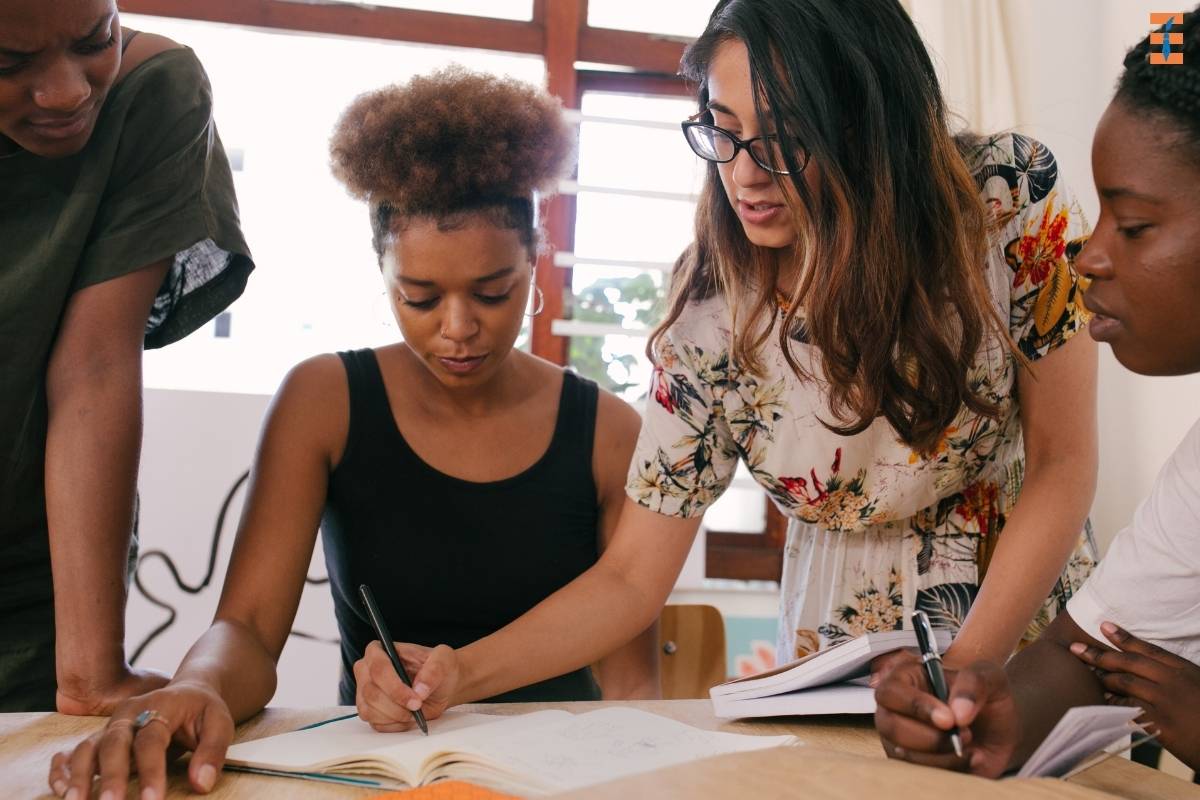In the dynamic landscape of education, classroom activities play a pivotal role in shaping the learning experience for students. These activities go beyond traditional lectures and textbooks, offering a hands-on, interactive approach that not only engages students but also enhances their understanding and retention of academic material. In this article, we will explore the importance of classroom activities and delve into a diverse array of transformative activities that educators can employ to inspire and empower their students.
The Significance of Classroom Activities:
Classroom activities are not just diversions from the standard curriculum; they are essential components of effective teaching and learning. By incorporating interactive elements into the classroom, educators create an environment that caters to diverse learning styles, fostering a deeper understanding of concepts. These activities encourage critical thinking, collaboration, and problem-solving skills – attributes that are crucial for success in the ever-evolving global landscape.
1. Socratic Seminars

Socratic seminars are discussions that encourage students to engage in thoughtful dialogue about complex issues or texts. This activity not only promotes critical thinking but also enhances communication and argumentation skills. By posing open-ended questions, educators guide students to explore different perspectives, fostering a collaborative and intellectually stimulating environment.
2. Project-Based Learning (PBL)
Project-based learning is a hands-on approach that immerses students in real-world projects, encouraging them to apply theoretical knowledge to practical situations. Whether it’s designing a sustainable solution for a community issue or creating a multimedia presentation, PBL allows students to develop problem-solving skills, teamwork, and creativity while gaining a deeper understanding of the subject matter.
3. Interactive Simulations
Interactive simulations use technology to create virtual environments that replicate real-world scenarios. They are the best classroom activities. From science experiments to historical re-enactments, these simulations provide a safe and immersive space for students to explore, experiment, and learn. Interactive simulations cater to different learning styles, making complex concepts more accessible and engaging for students.
4. Think-Pair-Share

Think-Pair-Share is a cooperative learning strategy that encourages active participation and collaboration. In this activity, students first individually reflect on a question or prompt, then pair up with a classmate to discuss their thoughts, and finally share their insights with the entire class. This structured process promotes both individual reflection and group interaction, fostering a supportive learning community.
5. Debate
Debates are powerful tools for developing critical thinking, research, and public speaking skills. By assigning students positions on a particular issue, educators prompt them to thoroughly research and articulate their arguments. Debates not only enhance students’ ability to construct persuasive arguments but also expose them to different perspectives, promoting a more nuanced understanding of complex topics.
6. Jigsaw Classroom
The jigsaw classroom is a cooperative learning technique where students become “experts” on a specific topic and then share their expertise with their peers. This collaborative approach not only promotes an in-depth understanding of the subject matter but also cultivates teamwork and communication skills. The jigsaw classroom fosters an environment where students rely on each other’s knowledge, creating a sense of shared responsibility for the learning process.
7. Flipped Classroom
The flipped classroom model reverses the traditional learning structure by delivering instructional content outside of class through videos, readings, or online resources. Class time is then dedicated to interactive activities, discussions, and problem-solving. This approach allows students to engage with the material at their own pace, transforming the classroom into a dynamic space for application and exploration.
8. Role-Playing
Role-playing activities immerse students in different perspectives, scenarios, or historical periods. Whether re-enacting historical events or simulating business negotiations, role-playing enhances empathy, creativity, and critical thinking. Students not only gain a deeper understanding of the subject matter but also develop valuable interpersonal and problem-solving skills.
9. Collaborative Writing

Collaborative writing projects involve students working together to create a shared piece of written work. These classroom activities encourage communication, teamwork, and the synthesis of individual ideas into a cohesive whole. Whether crafting a research paper, story, or presentation, collaborative writing promotes a sense of collective responsibility for the final product.
10. Mind Mapping
Mind mapping is a visual learning tool that helps students organize and connect ideas. Students create diagrams that illustrate relationships between concepts, making complex information more digestible. This activity not only aids in concept retention but also allows students to express their creativity and unique perspectives.
11. Mystery Skype
Mystery Skype is an interactive activity that connects students with classrooms from different locations. Through a series of yes-or-no questions, students aim to determine the location of the mystery classroom. This activity promotes geography skills, critical thinking, and cultural awareness, fostering a sense of global citizenship among students.
Conclusion:
Classroom activities are the key to unlocking the full potential of students by providing them with opportunities to actively engage, explore, and apply their knowledge. From Socratic seminars that stimulate thoughtful dialogue to interactive simulations that bring learning to life, these activities cater to diverse learning styles and create a vibrant and dynamic educational experience.
Educators play a crucial role in selecting and implementing these activities, tailoring them to the specific needs and objectives of their classrooms. By embracing a variety of transformative activities, educators can inspire a love for learning, cultivate critical thinking skills, and prepare students for success in an increasingly complex and interconnected world. As we continue to navigate the ever-evolving landscape of education, the innovative use of classroom activities stands as a beacon, guiding students toward a future filled with curiosity, discovery, and lifelong learning.
Also Read: 25 Classroom Valentine Ideas that the Kids Will LOVE!










